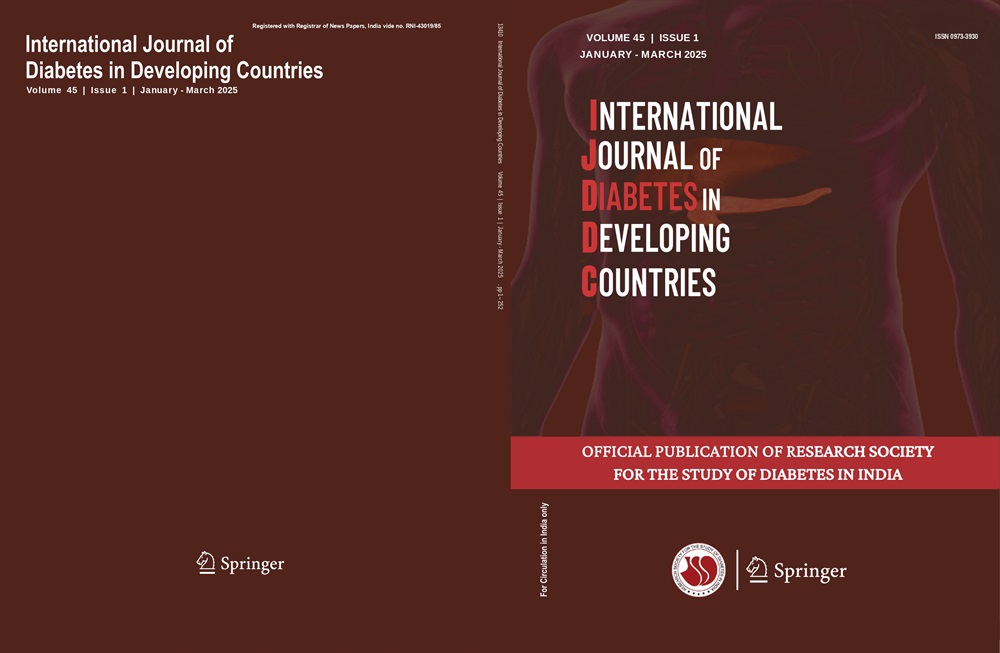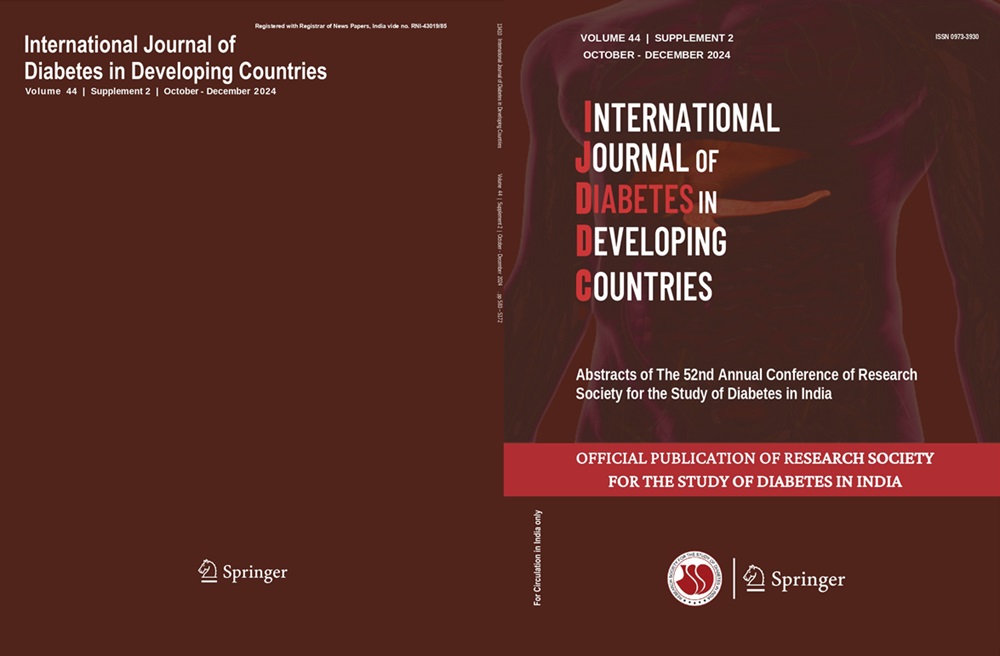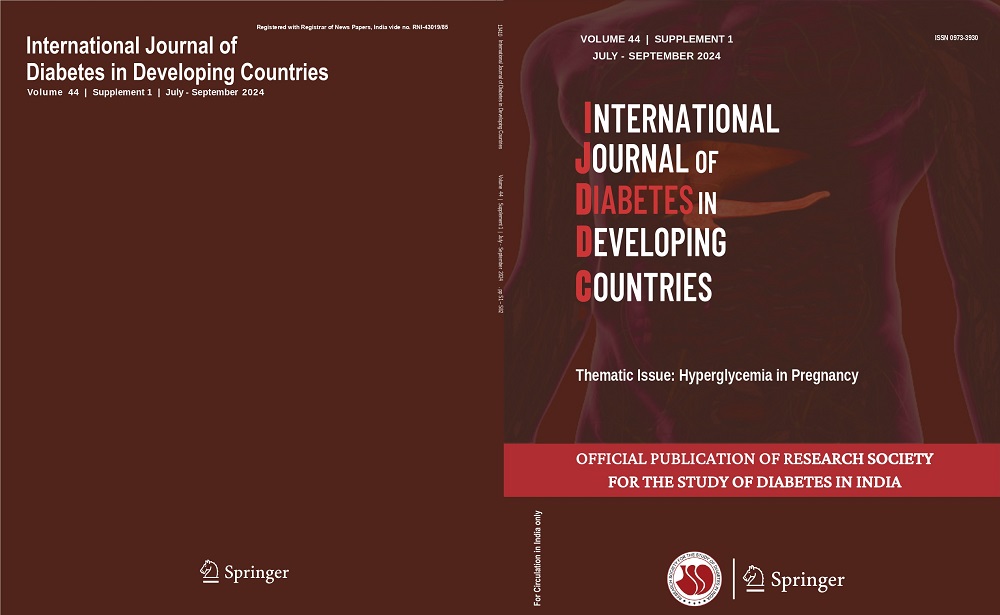Ashu Rastogi, Raveena Singh, Umanath Adhikari, Sudhir A. Kulkarni, Supreet K. Deshpande
Keywords
Diabetes • Wound helaing • Esmolol • Novel • Topical • Diabetic foot ulcer • Anemia • Glycemic control
Background Novel topical esmolol is shown to significantly improve wound healing than standard of care. Certain patient-related factors especially anemia and poor glycemic control may impede wound healing.
Objective To study whether novel topical esmolol may circumvent patient-related factors to improve wound healing in diabetic foot ulcer (DFU).
Methods The present study is a double-blind, vehicle (placebo)-controlled, randomized clinical trial in subjects with non-infected DFU of University of Texas grade 1A and 1C. Participants were randomized to receive either topical esmolol gel (Galnobax) with standard of care (SoC), SoC only, and vehicle (Placebo) with SoC in 3:3:1 proportion. The hematologic and biochemistry parameters were evaluated at the screening visit and at every 4 weeks after randomization during treatment phase and at the end of the study (EOS). Outcome was the proportion of complete ulcer closure with reference to baseline hemoglobin, albumin, and HbA1c during the 12-week treatment phase.
Results A total of 176 subjects were included. Ninety-four out of 140 participants (67.1%) had anemia at baseline. Among anemic participants, 57.4% ulcers closed in the Galnobax group whereas 42.6% closed in the SoC only group during the 12-week treatment phase (p = 0.148, OR = 1.823, 95% CI = 0.80–4.13). One-third participants reported albumin < 4.0 g/dL. Among participants having albumin < 4.0 g/dL (one-third of participants), the proportion of ulcer closure was 60.9% in the Galnobax group compared to 42.1% in the SoC only group (p = 0.225, OR = 2.139, 95% CI = 0.62–7.37). The proportion of ulcer closure in Galnobax with the SoC group was higher (72.5%) compared to the SoC only group (43.5%) (p = 0.0067, OR = 3.427, 95% CI = 1.38–8.48) in participants with poor glycemic control (HbA1c > 8%).
Conclusions Novel topical esmolol with SoC treatment exhibited significant DFU healing independent of patient-related factors including anemia, hypoalbuminemia, and poor glycemic control.




